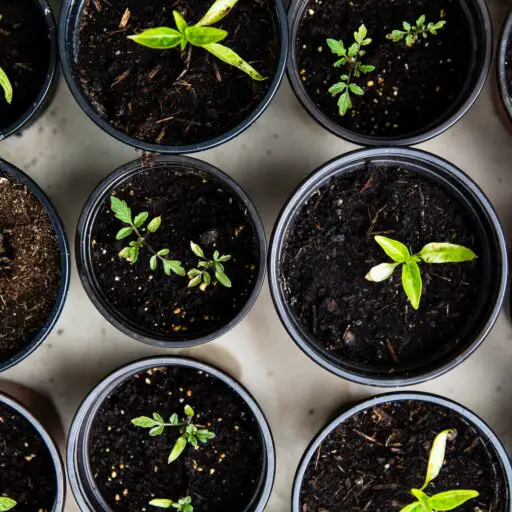Support our educational content for free when you purchase through links on our site. Learn more
Community Gardens, a space where public land is used for gardening activities is not just about agriculture. These gardens come in various shapes and sizes but the purpose remains the same – to bring the community together over a common interest and to foster social interaction. In this article, we will go over the benefits of Community Gardens and discuss the important role they play in our modern society.
Why Community Gardens are Important
Community Gardens come in a variety of shapes and sizes, from small plots to large urban gardens. These gardens are created with the goal of providing a space where people can come together, share gardening experience, and learn from each other. They have become increasingly popular in recent years, and for good reason. Here are some of the reasons why community gardens matter:
Community Bonding and Interaction
Community Gardens are a great way to bring people together and break down social barriers. They serve as a place where people from different backgrounds can come together, make friends, and share gardening experience. Gardening activities provide a sense of community involvement that otherwise would have been lacking in urban and suburban areas.
The garden also provides a secure space for people to interact with others in the community, which creates a strong sense of community. In such a space, people not only come to grow their own food or beautify their neighborhood, but also to build strong social connections.
Mental Health Benefits
Community Gardens provide an opportunity for people to engage in nature and receive mental health benefits. Gardening is not only a physical activity but also a way to relieve stress, anxiety, and depression. According to a study conducted by the Royal Horticultural Society in the United Kingdom, gardening activities help people feel more relaxed and at ease.
Health Benefits
Community gardens provide people with access to fresh and healthy produce grown without the use of pesticides and harmful chemical. This assists communities with improving their eating habits, consuming more nutritious food, and reduce the risk of certain chronic diseases.
Environmental Benefits
Community Gardening activities offer people a chance to embrace sustainability. By growing their own food locally, the need for food transportation, thus reducing our carbon footprint. Gardens also help to preserve precious green spaces in rapidly developing urban and suburban areas.
Benefits of Community Gardens
If you’re looking for a way to get involved in your community and make a difference, community gardening is a great place to start. Here are some of the benefits of community gardens:
Educational Value
Community gardens are an opportunity to learn about organic gardening, climate-smart agriculture, sustainable land use, and biodiversity. Within community gardens, members frequently hold informative meetings where attendees can exchange DIY practices and learn from seasoned community gardeners.
Active Lifestyle
Gardening is a healthy life choice and a way to stay physically active while engaging in outdoor activities. It helps you maintain your mobility and prevents developing chronic conditions.
Social Connection
Community gardens' social benefits may be its biggest perk: gardening activities are a means of meeting new people, forming new friendships, and working with others.
Stronger Community
Community gardens are built around a shared interest: healthy lifestyle and sustainable gardening practices to create a sense of commonality and promote social bonding.
FAQ
What are the mental benefits of community gardens?
Community gardens can help with reducing stress and depression, promoting relaxation, and improving mental wellness. As gardening is a relaxing activity, it can have a significant impact on mental health.
Why were community gardens created?
Community gardens were established to help promote sustainable living, provide access to fresh and healthy food, and build stronger communities.
How community gardens bring people together?
Community gardens bring people together by having a shared space and interest. They help to create a sense of community leading to opportunities for social gatherings and a place to share knowledge and skills.
What are some benefits of a community garden?
Community gardens offer a range of benefits, including social connections, educational opportunities, and environmental sustainability, mental health benefits, and healthy lifestyle choices.
What is the goal of a community garden?
The primary goal of a community garden is to help build stronger communities by providing an open, safe, and shared space to grow and promote healthy lifestyles.
Quick Tips and Facts
- In a survey, it was found that 90% of community gardeners felt a sense of community involvement.
- The first community gardens were established in the United States in the 1890s in Detroit.
- Michelle Obama planted a community garden at the White House, inspiring millions to start their gardens.
- To get started with your community garden, visit the American Community Gardening Association.
Conclusion
Community Gardens have a growing importance as they serve as a valuable community-building tool. They encourage community bonding, provide a space for mental and physical growth, develop sustainability, and promote healthy living. Community gardens have enriched the lives of those who engage with them, and we hope this article has made clear just how important they are for building stronger and more vibrant communities.
To the Community Gardening™ readers, we highly recommend getting involved in your local community garden or starting one yourself, the benefits are priceless!




